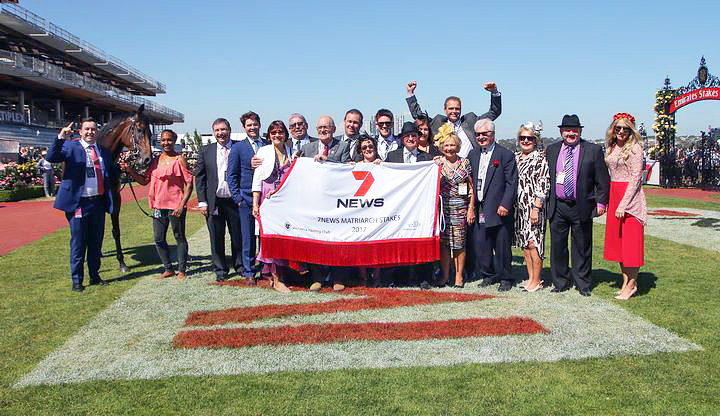Stephen Koukoulas
Market Economics
%20Koukoulas%20-%20Dynamic%20Syndications.jpg)
Fantastic news in the racing industry.
Race horse ownership hit a record high in 2016-17, with Syndications giving an increasing number of people access to a share in a racing thoroughbred.
In 2016-17, there were 79,631 owners of a race horse or a share in a race horse. This is up 0.9 per cent from the number a year earlier and up a healthy 16.8 per cent from the level 5 years earlier in 2011-12.
The nature of horse ownership is changing. The number of registered horses to have 10 or more owners rose to a record high of 1,736 which represented 15.3 per cent of all registered horses. Just think of it, one in seven horses running around Australia’s race tracks is owned by 10 or more people. Back in 2005-06, there were only 659 horses with 10 or more owners, which was just 4.8 per cent of all registered owners.
The power of the syndication process for horse ownership is easy to see.
The boom in syndication is also linked, it would seem, to a realisation that the on-going ownership costs after buying the initial 5 per cent, for example, are not all that prohibitive. As I wrote last year
http://www.dynamicsyndications.com/news/CAT--DOG-or-RACEHORSE--Comparing-costs-may-surprise-you- , after you buy your 5 per cent share, owning a race horse trained by either the magnificent Gai Waterhouse, up and coming star Brad Widdup, Brisbane based master horse-man Chris Munce or down in Melbourne with the big-hitter Mick Price, costs not much more than owning a family cat or dog. It’s about $3,000 a year all up to own a share in a horse, a figure that is reduced if there is any prize money.
Reflecting changes in the structure of Australia’s population, the age of horse owners is also increasing.
In 2016-17, just 3.3 per cent of horse owners were under the age of 25 years. A little over a decade ago, the proportion was a little higher at 3.8 per cent.
For those aged between 26 and 50 years, the ownership rate has dropped from 54.7 per cent in 2005-06 to 45.8 per cent in 2016-17.
The age cohort where there has been a sharp rise in ownership rates is for those aged 51 to 75 years, who now account for 47.7 per cent of all horse owners. This is up from 39.1 per cent in 2005-06. Reflecting the aging population, is the fact that 3.2 per cent of those owning a share in a race horse are aged 76 and over, up from just 2.5 per cent of owners in 2005-06.
This increase in the age at which people own race horses looks to be linked to big structural changes in the economy. For one, people are living longer. Another issue is the fact that more young people (under 25) are attending university and as a result are deferring the start of income earning. For these young people, this this makes buying a share in a horse a little more challenging.
For the older generations, they are likely to have ‘spare money’ to do a ‘bucket list’ wish like buying a horse as a result of the wealth boom from owning property and from having had many years of accumulated savings in superannuation.
Despite the range of other issues in the racing industry, the rise in the number and proportion of horses owned by syndicates is a major positive. It increases the number of people with a direct interest in the races and it is likely to have a positive impact on race course attendances.
Source: Racing Australia Fact Book 2016-17
